I acknowledge the traditional custodians of the land on which I live and work, the Wangerriburra people, and their elders past, present and future.
At the beginning of July, NAIDOC Week was held across Australia. I would like to continue to celebrate the culture and achievements of Aboriginal and Torres Strait Islander peoples with a selection of picture books written by First Nations authors. Most of these have also been illustrated by First Nations artists.
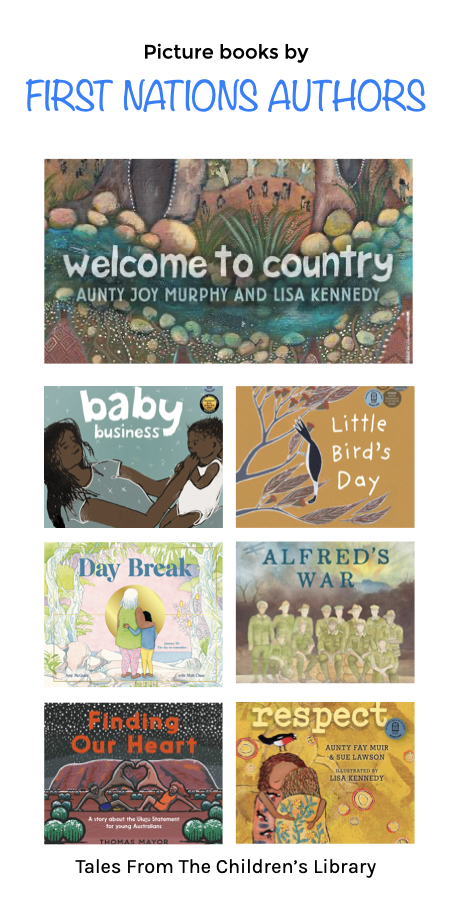
Welcome to Country
Written by Aunty Joy Murphy and illustrated by Lisa Kennedy
Welcome to the traditional lands of the Wurundjeri People. We are part of this land and the land is part of us. This is where we come from.
Wominjeka Wurundjeri balluk yearmenn koodee bik.
Welcome to Country.
This beautiful picture book offers a welcome ceremony from the Elders (liwiks) of the Wurundjeri People, giving permission for visitors (yannabil) to enter their lands. The text begins and ends with Woiwurrung Ngulu words, their traditional language, and is filled with respect for their ancestors, community and land. Bunjil the eagle is the creator spirit of the people and watches over them. When welcoming visitors to Country, they are reminded to “only take from this land what you can give back”. The connection to place is further emphasised by the statement: “We are part of the land and the land is part of us”. This beautiful book highlights the depth of relationship with Country and those who have gone before.
Aunty Joy Murphy is the Senior Aboriginal Elder of the Wurundjeri People of Melbourne and the surrounding area. Lisa Kennedy is a descendant of the Trawlwoolway People on the north-east coast of Tasmania.
Baby Business
Written and illustrated by Jasmine Seymour
Follow Nanna through the gum trees to where family have gathered.
Walk with bare feet and listen to Country as it sings you awake.
Today is our baby smoking ceremony.
Baby Business describes a smoking ceremony to welcome a new baby to Country. The warm smoke “will get rid of bad spirits” and will connect the little one to their land, their Mudjin (family), their language and their totem. The book ends with “Let your life begin on Nura (Country). Remember that it does not belong to us. We belong to Country”. Darug words are embedded throughout the text, entwining with English words to create beautiful prose. Another gorgeous and highly recommended book.
Jasmine Seymour is a Darug writer and illustrator from New South Wales, whose book, Baby Business, won the 2020 CBCA Book of the Year Award for New Illustrator and was shortlisted for the 2020 Speech Pathology Australia Book of the Year (3-5 years). It was also a notable for the 2020 CBCA Picture Book of the Year.
Little Bird’s Day
Written by Sally Morgan and illustrated by Johnny Warrkatja Malibirr
Time to wake Little Bird, time to sing the world alive.
Another stunning book, beautifully illustrated by Johnny Warrkatja Malibirr with lyrical words from Sally Morgan. There is a gentle repetitive structure to the text: “Here comes (Sun, rising and shining). Time to (wake) Little Bird, time to (sing the world alive)”, followed by Little Bird’s actions (“I warble with Sun to wake the lazy sleepers”). In this way, the reader is taken on a journey through the day from dawn to dusk. The illustrations capture the beauty of the natural world in a traditional palette of grey, black, white, red and yellow. Each image contains lots to talk about with children.
Sally Morgan belongs to the Palyku people from the eastern Pilbara region of Western Australia. Johnny Warrkatja Malibirr is a Yolŋu man from the Ganalbingu clan and is the Inaugural Kestin Indigenous Illustrator Award Winner. Their book, Little Bird’s Day, was shortlisted for the 2020 Australian Book Industry Awards, the Small Publishers’ Children’s Book of the Year and the 2020 CBCA Book of the Year Award for New Illustrator. It was also a notable for the 2020 CBCA Picture Book of the Year and Book of the Year for Early Childhood.
Day Break
Written by Amy McQuire and illustrated by Matt Chun
Day Break is the story of a family making their way back to Country on January 26. We see the strength they draw from being together, and from sharing stories as they move through a shifting landscape.
((Synopsis by Hardie Grant)
Day Break centres around January 26, celebrated by many as Australia Day, but viewed by the Aboriginal people as Invasion Day. It marks the landing of the First Fleet at Sydney Cove, which resulted in the colonisation of the land by Europeans and the oppression of the indigenous people. The main character in the book is an Aboriginal girl, who travels back to Country with her dad and nan. They remember those who died or lost their land or were stolen from their families as a result of the arrival of the white people. It ends with them walking together and Nan saying, “And as long as you are here, on this Country, you will remember. It is our land. Always was. Always will be.” This is a confronting book, which tackles the issues around Australia Day by focusing on “Indigenous survival and resistance, and in doing so honours the past while looking to the future” (Hardie Grant, n.d.). An important book for healing the pain of the past.
Amy McQuire is a Darumbal and South Sea Islander woman from Rockhampton in Central Queensland. Matt Chun is a Canadian artist and writer and is the current Children’s Literature Fellow at the State Library of Victoria.
Alfred’s War
Written by Rachel Bin Salleh and illustrated by Samantha Fry
Alfred was a young man when he was shipped home from the Great War.
He chose a solitary life, walking the back roads with his billy and swag, and found work where he could.
Alfred’s War opens our hearts to the contribution and sacrifice that Aboriginal and Torres Strait Islander veterans made to Australia’s war efforts.
This book is dedicated to “all those who fought and were forgotten” and tells the story of Alfred George, a veteran of World War I. Living a nomadic life and sleeping outside, he stays on the outskirts of towns as “there were many places Aboriginal people weren’t allowed to go”. But he had enlisted and fought in the Great War, returning to Australia with a wounded leg. And the effects of the fighting are not just physical. He remembers his mates who were killed, but Alfred is one of the forgotten soldiers. At the time of World War I, incredibly, Aboriginal people had no citizenship rights and couldn’t vote. But when they enlisted in the army, they received the same rights and pay as the other soldiers. However, on returning home, they were not fully recognised by the nation for the service they had given. Their “bravery was not a part of the nation’s remembering”. The Magabala Books website contains several teaching resources for exploring the issues in this book with children.
Rachel Bin Salleh is descended from the Nimunburr and Yawuru peoples of the Kimberley region of Western Australia. Samantha Fry is descended from the Dagiman people from Katherine. Their book, Alfred’s War, was shortlisted for the 2018 Speech Pathology Australia Book of the Year (8-10 years) and the 2020 NSW Premier’s Literary Awards Indigenous Writers’ Prize.
Finding Our Heart
Written by Thomas Mayor and illustrated by Blak Douglas
‘When we all came together at Uluru, we invited all Australian people to accept our voice and our culture as a gift.’
Can you help us find the heart of the nation?
A book about understanding Australia’s past, so we can have a shared future.
Finding Our Heart presents the Uluru Statement for young Australians. It begins with a history of the indigenous people before the country was named Australia. They “were here for thousands and thousands of years” and “were the first to bake bread”. They live in harmony with the land and represent “the oldest living culture on the planet”. But life changed for them when Captain Cook arrived and for the next two hundred years, they were badly treated and oppressed. They protested “because our country is sad and we need to find our nation’s heart to make it better”. This led to the 2017 National Constitutional Convention and the Uluru Statement from the Heart. “We started with the truth… The heart of the nation has always been.. right… here (heart). And here, in our voices!” The book ends with the following statement: “We will only find the heart of our nation and make our country better when First Nations voices are heard”. Amen to that. Further information about the Uluru Statement from the Heart and ways in which we can all help to heal the nation can be found on the last pages. This is an important book for discussing how Australia’s past can inform the future for all its people.
Thomas Mayor is a Torres Strait Islander man born on Larrakia country in Darwin. Blak Douglas is descended from the Dhungutti people of northern New South Wales.
Respect
Written by Aunty Fay Muir and Sue Lawson and illustrated by Lisa Kennedy
Our way is old, older than red earth, older than flickering stars.
Our way is respect.
This book is part of the Our Place series from Magabala Books, which “welcome and introduce children to important elements of Aboriginal and Torres Strait Islander culture” (Magabala Books, n.d.). Respect is at the heart of the indigenous way of life: respect for stories, songs, Elders, ancestors, family, Country and oneself. Respect happens when “we listen. Learn. Share”. The message of this beautiful book is one that we need in these difficult times. The other books in the series are Family and Sharing.
Aunty Fay Muir is a Boonwurrung Elder of the Kulin nation of Victoria. Sue Lawson grew up on a farm in Western Victoria. Lisa Kennedy is a descendant of the Trawlwoolway People on the north-east coast of Tasmania. Their book, Respect, was longlisted for the 2021 Indie Book Awards for Children’s books. It was also a notable for the 2021 CBCA Book of the Year for Early Childhood.
Many of the books in this post have been published by Magabala Books. Based in Broome, they are the leading Indigenous publishing house in Australia. Through their work, they “celebrate and nurture the talent and diversity of Aboriginal and Torres Strait Islander voices” (Magabala Books, n.d.) and that is clearly evident in the books included here.
I hope you enjoy this selection of picture books. They are a way into discussions with children that can lead to change and a renewed sense of what it means to be Australian.
Click on the book cover image to link to the source. Quotes taken from the blurb and content of the books.

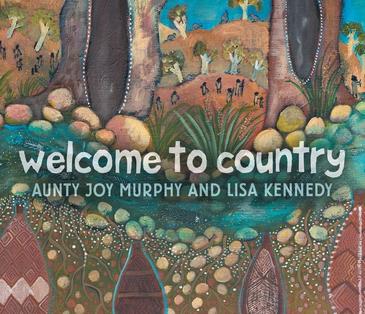
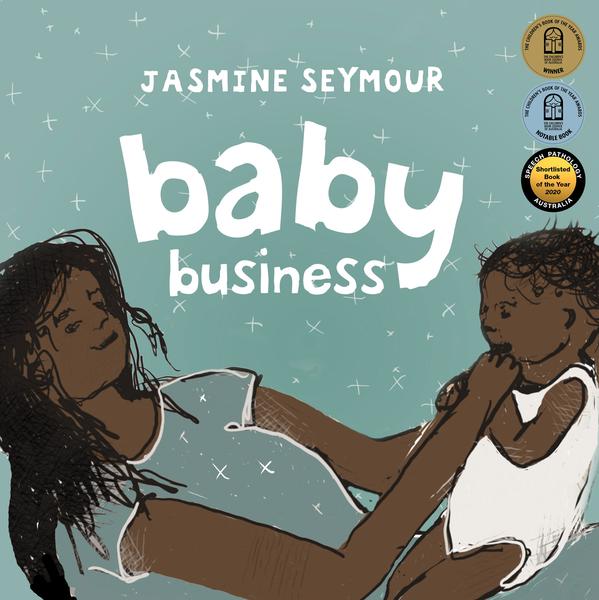
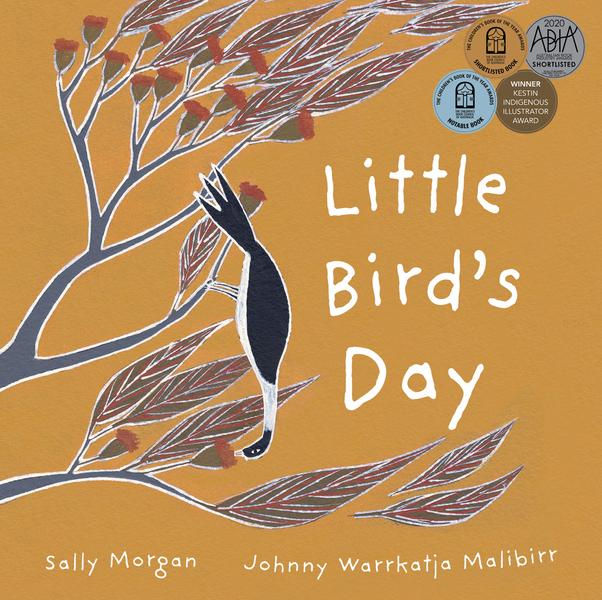
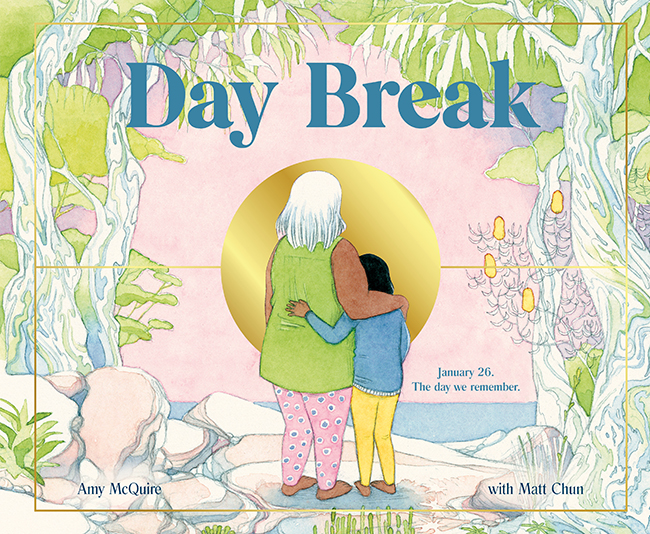
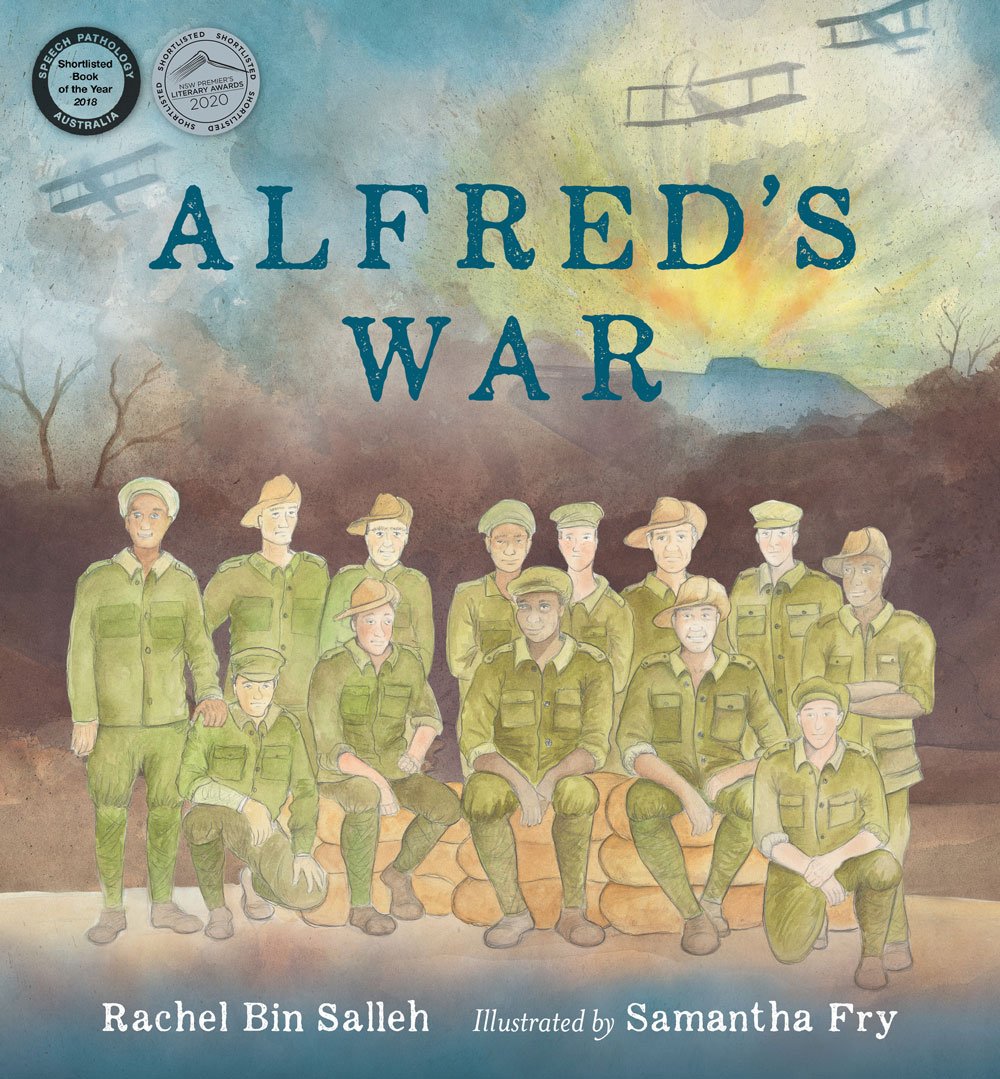
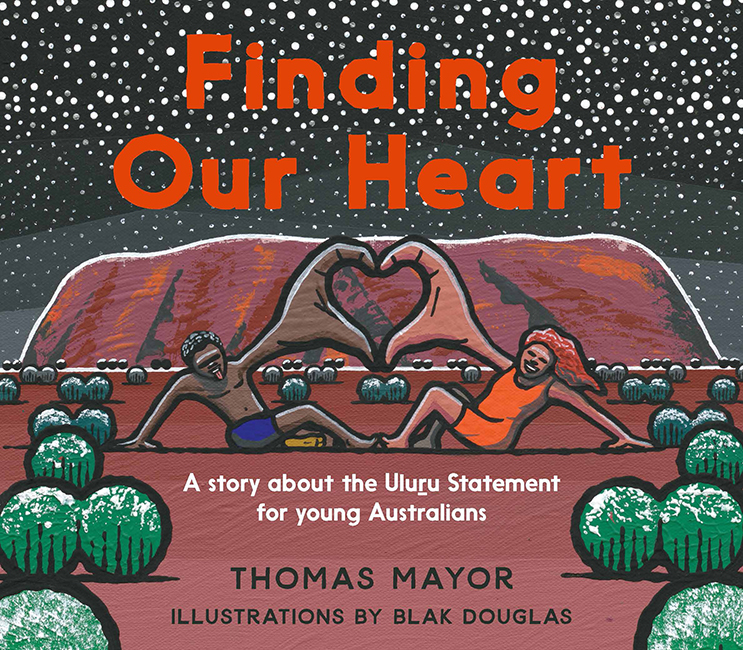

Pingback: Book of the month: April 2022 | Tales From The Children's Library